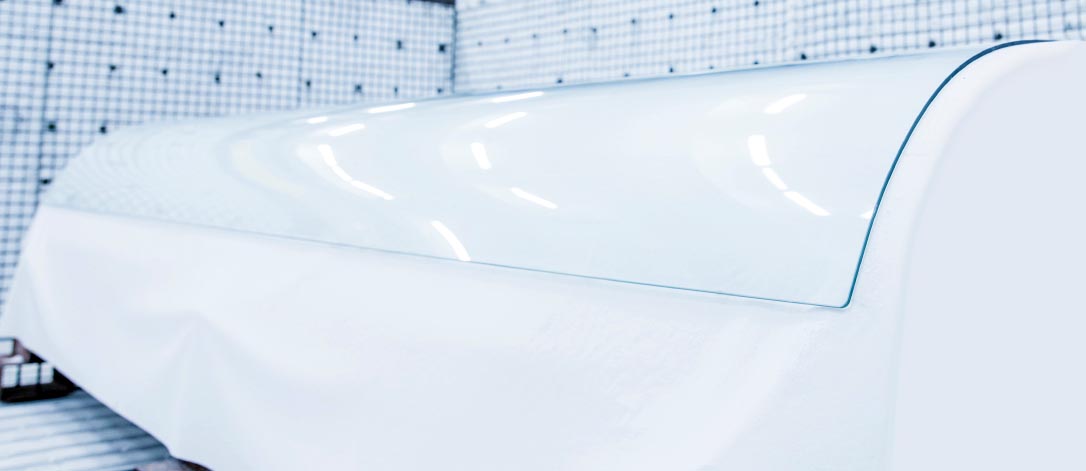Have you ever thought about proportional relationships in sag bending (forming)? Here examples of inverse and direct relationships in the sag bending process:
Inversely Proportional Relationships:
- Viscosity vs. Glass Temperature: As glass temperature rises, viscosity decreases, facilitating the bending / forming process.
- Sagging vs. Edge Size: As sagging (cross curvature) increases, edge size decreases—and vice versa.
- Mold Counterweight vs. Side Sagging: Less counterweight on the mold leads to larger side/wing sagging; increasing counterweight reduces side sagging. This applies to skeleton systems applying their own weight also.
- Radius of Glass Curvature vs. Secondary Images: A smaller curvature radius increases likelihood of secondary image appearance and magnitude.
Directly Proportional Relationships:
- Bending Time vs. Windshield Edge Size: Extended bending time above the transition temperature results in increased sagging, as the glass sags under its own weight.
- Overlapping vs. Edge Stress: Reduced overlap can lead to lower compressive edge stress reduction; glass shifting leaving little to no overlap can collapse edge compression.
- Curvature of Glass vs. Transmission Distortion: Greater curvature increases the amount of optical distortion present in the glass.
These, only few basic examples to demonstrate understanding the fundamental relationships can help you refining bending process.
Post time: Nov-04-2024

